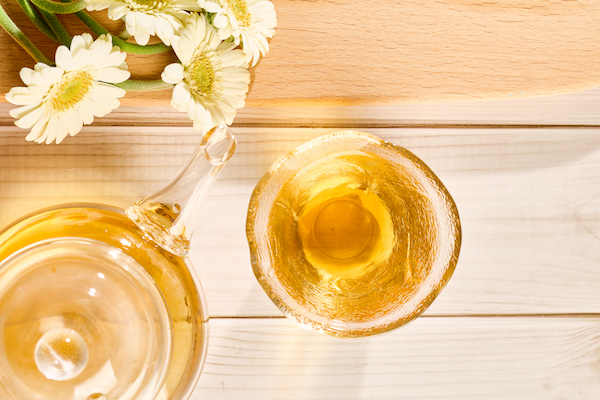Oolong tea is a unique and versatile type of tea that offers a wide spectrum of flavors, sitting between green and black teas in its oxidation level. From fresh and floral to rich and roasted, oolong tea presents an ever-changing sensory experience that delights tea enthusiasts around the world.
Oolong’s flavor profile is shaped by how long the leaves are oxidized during processing. Lightly oxidized oolong has a fresh, floral taste, while heavily oxidized varieties are deeper and more robust. This balance of sweet and savory, fresh and toasted, makes oolong tea a favorite for those seeking a complex and nuanced drinking experience.
Taste of Lightly Oxidized Oolong
Lightly oxidized oolong teas, often oxidized between 10% and 30%, retain many of the fresh and floral qualities of green tea. These teas are characterized by their bright, delicate flavors, offering a refreshing and fragrant experience. The first sip of a lightly oxidized oolong greets you with a soft floral aroma—notes of orchid, honeysuckle, or jasmine are common in these varieties.
The taste of faintly roasted oolong is often described as light, fresh, and subtly sweet, with undertones of cane sugar. The tea is smooth on the palate and finishes with a crisp, clean aftertaste. Another characteristic is their natural sweetness, which can have a slight fruity edge. These teas rarely carry bitterness, instead offering a balanced profile of soft sweetness and gentle acidity, leaving the drinker refreshed with each sip.
Taste of Heavily Oxidized Oolong
Heavily oxidized oolong between 50% and 80% provides a completely different taste experience. These teas share more in common with black teas, offering deeper, richer flavors that are bold and full-bodied. The longer oxidation process develops more earthy, roasted, and sometimes smoky notes, resulting in a tea that feels warm and grounding.
A well-known heavily oxidized oolong is charcoal-roasted tea. This hand-picked oolong tea undergoes an intensive roasting process using longan wood charcoal for half a month. The result is a tea with rich, layered, and refined flavors. It carries the distinct aroma of ripe fruit combined with smoky, roasted notes, delivering a smooth, sweet, and mellow taste. Heavily oxidized oolongs often have a rich, complex character that continues to reveal itself through multiple steeps.
One of the advantages of heavily oxidized oolongs is their aging potential. These teas can mature over time, developing even deeper flavors as they age. The aging process enhances the roasted and earthy notes, adding further complexity to the tea’s profile.
Taste Comparison for Lightly & Heavily Oxidized Oolong
Here’s a chart for you to take an overall look at the comparison.
Lightly Oxidized Oolong | Heavily Oxidized Oolong | |
Flavor Profile | light, floral, fresh | bold, roasted, full-bodied |
Tasting Notes | orchid, honeysuckle, jasmine, stone fruit | roasted nuts, chocolate, dark fruit, caramel |
Aroma | soft floral aromas | toasty, earthy |
Texture | smooth, creamy | velvety, lingering smokiness |
Aftertaste | clean, refreshing | smoky, baked bread-like |
Lightly oxidized Oolongs is smooth on the palate and finishes with a crisp, clean aftertaste, making it an excellent choice for those who enjoy lighter, more delicate teas.
On the other hand, heavily oxidized Oolongs are ideal for those who prefer a more robust, full-bodied tea. Their depth and complexity make them perfect for sipping slowly, offering comfort and warmth, especially during cooler weather or after meals
